Removing a Faucet (Top-Mount or Bottom-Mount)
Installing a new faucet isn't a difficult job, except for one step—removing the old faucet. If your existing faucet has been there for many years, the mounting nuts securing it may be frozen in place. On top of this, the connections for the faucet are usually tucked up high inside a base vanity cabinet, behind the sink basin, and the cramped space and tight quarters can make this job a tricky one.
For most faucets, removal will involve taking off flexible supply tubes and unscrewing mounting nuts that are threaded onto faucet tailpieces up under the sink. This style of faucet is known as a top-mount faucet or deck-mount faucet, and it is by far the most common among modern faucets.
There is also another type of faucet, in which a brass faucet body is found beneath the sink, with valve and spout tailpieces that reach up through holes in the sink and are secured with mounting nuts threaded down onto them from above. This type is relatively unusual now, but if your faucet is quite old you may find that it uses this design. These faucets are usually categorized as lavatory or basin faucets.
What You'll Need
Equipment / Tools
- BucketChannel-type pliers (two pairs)
- Screwdrivers
- Allen wrenches (if needed)
- Penetrating oil (if needed)
- Basin wrench
- Utility knife
- Towel or blanket (optional)
Instructions
Shutting off the Water
No matter what type of faucet you have, you'll need to start by shutting off the water to the faucet. Do this by turning off the two shutoff valves located beneath the sink, or by shutting off the main water supply valve to the house. The shutoff valves are closed when you turn the handles clockwise as far as they will go.
Tip:
In some cases, when turning the valves off under the sink they may leak from the handle. In most cases, there is a packing nut behind the valve's knob that you can make a 1/4-turn tighter. If you tighten this nut too much you will not be able to turn the handle, so always tighten in small increments.
Check to make sure that the water is turned off by turning on the faucet valves. This also allows the faucet to drain any water that is still in the fixture and also releases any pressure built up in the line.
It is not uncommon for shutoff valves to grow old and stop functioning correctly. If you find that water continues to dribble even after closing the shutoff valves, then you'll need to shut off the main water supply valve to continue this repair. It also means you will need to replace the fixture shutoff valves as part of your faucet replacement project.
Removing a Standard Top-Mount Faucet
The vast majority of faucets use a top-mount design in which the bulk of the brass faucet body sits above the sink, covered by a chromed outer casing.
1) Ensure the Water Is Shut Off
Double-check that the water is completely off before beginning. Place a bucket under the supply tube connections to catch any water that may spill as you loosen the connections.
2) Disconnect Water Supply Tubes
Disconnect the water supply tubes from the shutoff valve, using two sets of pliers—one to hold the shutoff valve motionless, another to turn the compression mounting nut. The supply tubes may be flexible tubes or rigid chromed copper tubes. In rare cases, the supply tubes may be soldered to the shutoff valves; here, you can cut through the supply tubes with a hacksaw or tubing cutter.
Tip:
Unless these supply tubes are relatively new, it will be best to replace them with new tubes when you install a new faucet.
3) Loosen Mounting Nuts
Using a basin wrench, reach up behind the sink basin from inside the vanity cabinet and grip the mounting nut that holds one of the faucet valve tailpieces to the sink or countertop. Turn the nut counterclockwise (viewed as you look upward at the nut from below) to loosen it, and unscrew it down the threaded tailpiece. Repeat with the mounting nut on the other tailpiece. If access space is tight, you may need to remove the water supply tubes from the ends of the faucet tailpieces to provide more space to reach up with the basin wrench.
4) Remove Faucet Body
With the tailpiece mounting nuts removed, carefully pry the faucet body away from the sink deck from above the sink. If the faucet is sealed with caulk, you may need to slice through the caulk bead with a sharp utility knife.
Removing a Bottom-Mount Faucet
A bottom-mount faucet uses a design in which the bulk of the faucet body is found below the sink. Here, you'll need to remove the handles and spout, then loosen and remove the mounting nuts holding the faucet from above. When these mounting nuts are removed, the faucet body can be dropped down and removed from below the sink.
1) Ensure the Water Is Shut Off
Double-check that the water is completely off. Place a bucket under the supply tube connections to catch any water that may spill as you work.
2) Remove Handles and Spout
Working from above, remove the valve handles and spout from the faucet. Look for a hidden set screw that holds the handle or handles in place. The set screw for the spout is sometimes found under an escutcheon ring that can be lifted to expose the screw.
3) Unscrew Mounting Nuts
With the handles and escutcheon out of the way, you should see the mounting nuts that hold the faucet body in place. There may be nuts at both handle locations, as well as at the spout. Use channel-type pliers to remove the mounting nuts. Do the same for the spout mounting nut, if there is one.
4) Remove Faucet Body
Remove the faucet body from under the sink. Sometimes the faucet will fall on its own once the mounting nuts are removed; other times, you will need to tug on it gently to free it. It's a good idea to place a thick towel beneath the faucet so that it doesn't damage your cabinet or floor if the faucet assembly drops.
Removal Tips
- If it is too difficult to reach behind the drain trap, don't be afraid to disassemble the drain trap to provide more room for working.
- If the mounting nuts will not come off, apply penetrating oil and allow it to sit for a few minutes, then try again.
- If the mounting nuts are stripped, it may be necessary to cut them off. This can be done with a hacksaw or a specialty nut-splitter tool.
Source: https://www.thespruce.com/removing-a-faucet-2718826

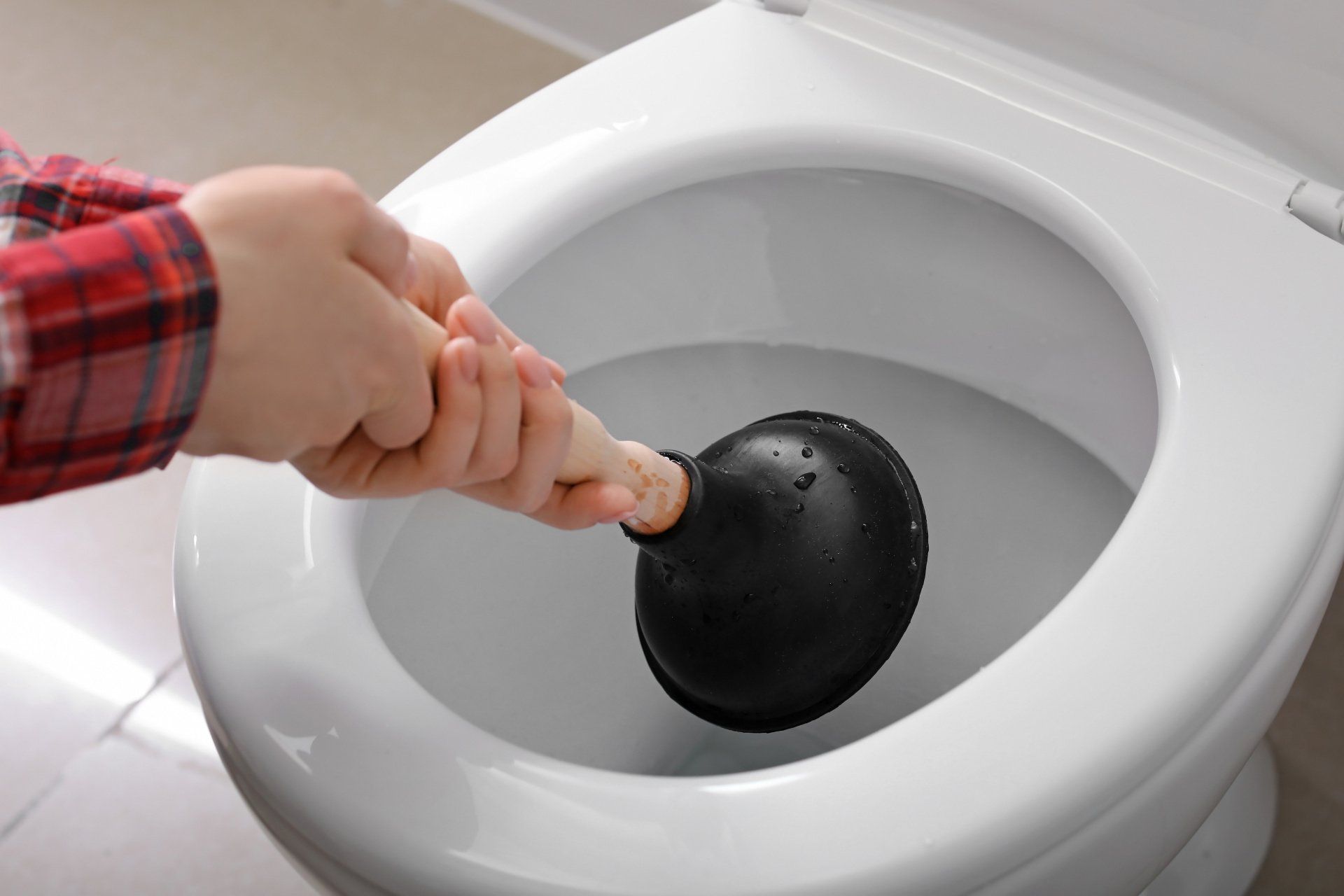

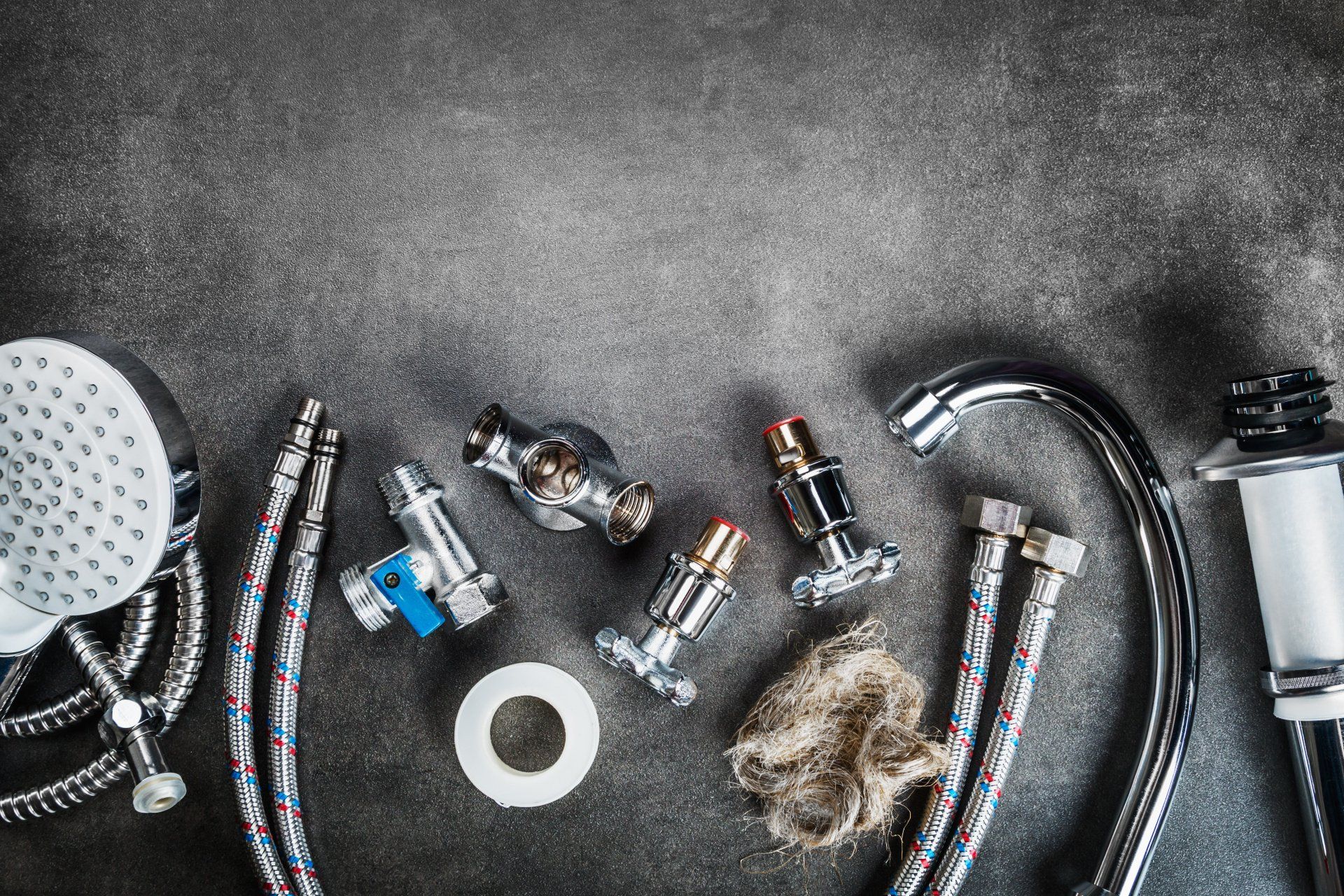
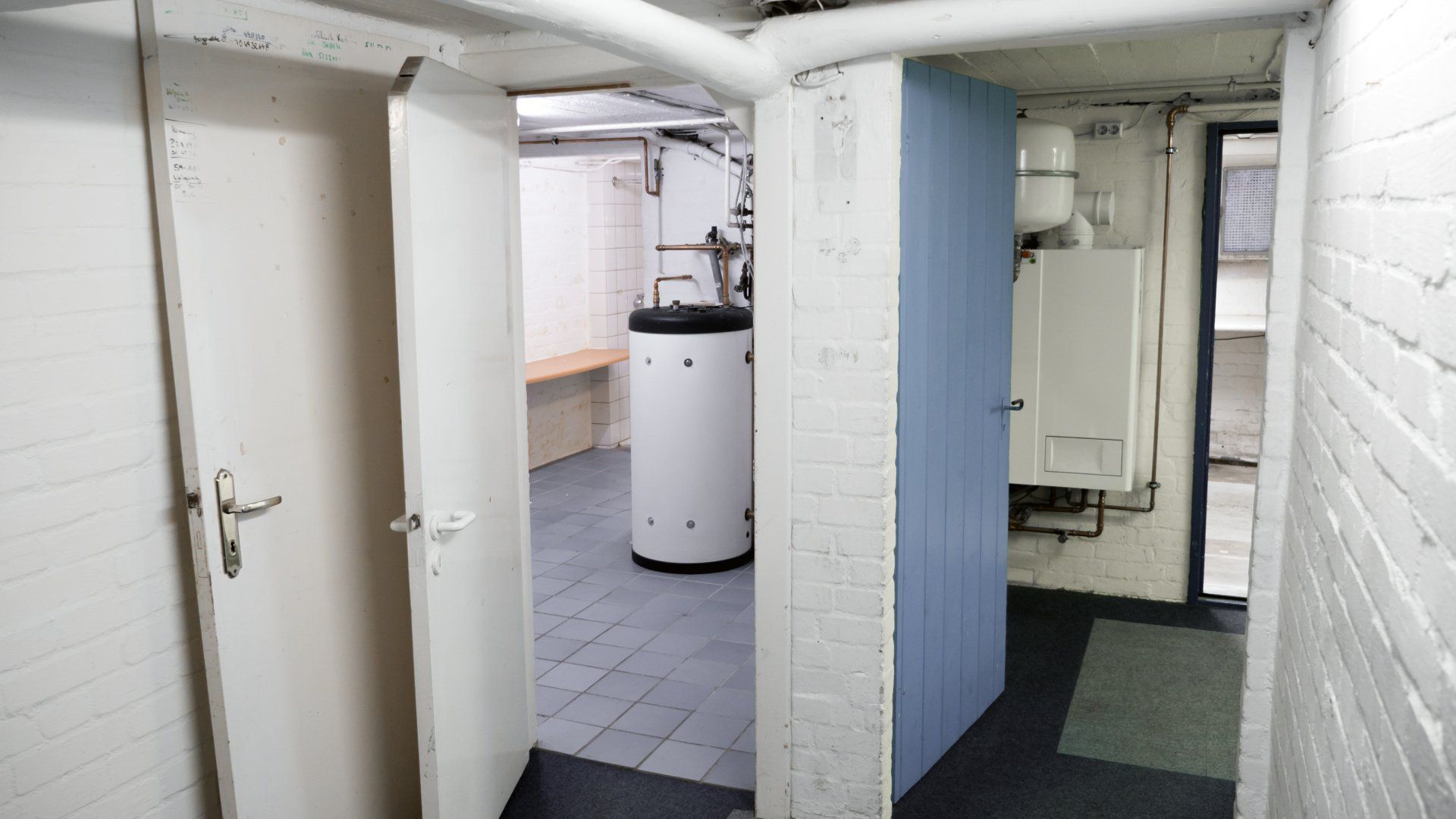
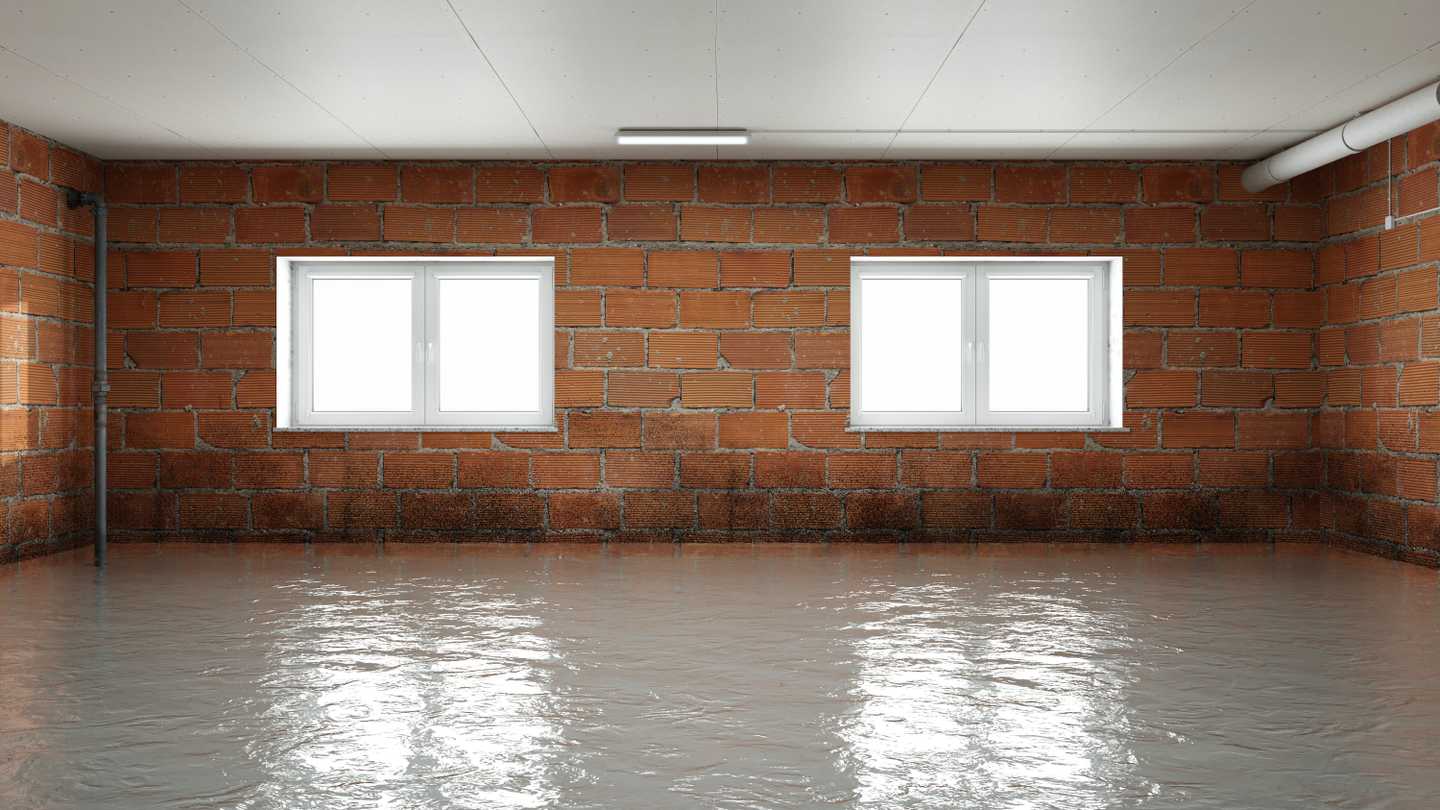

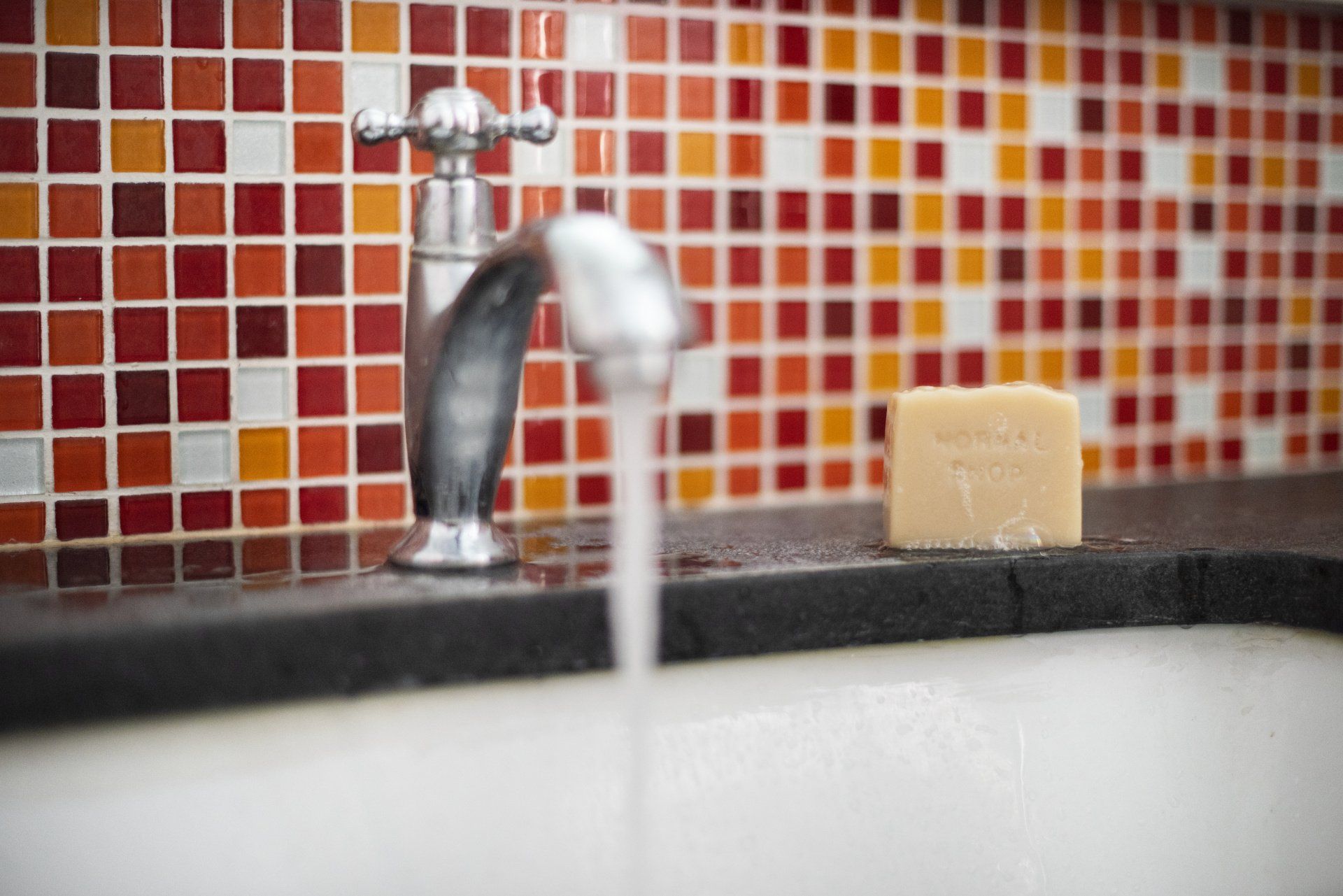




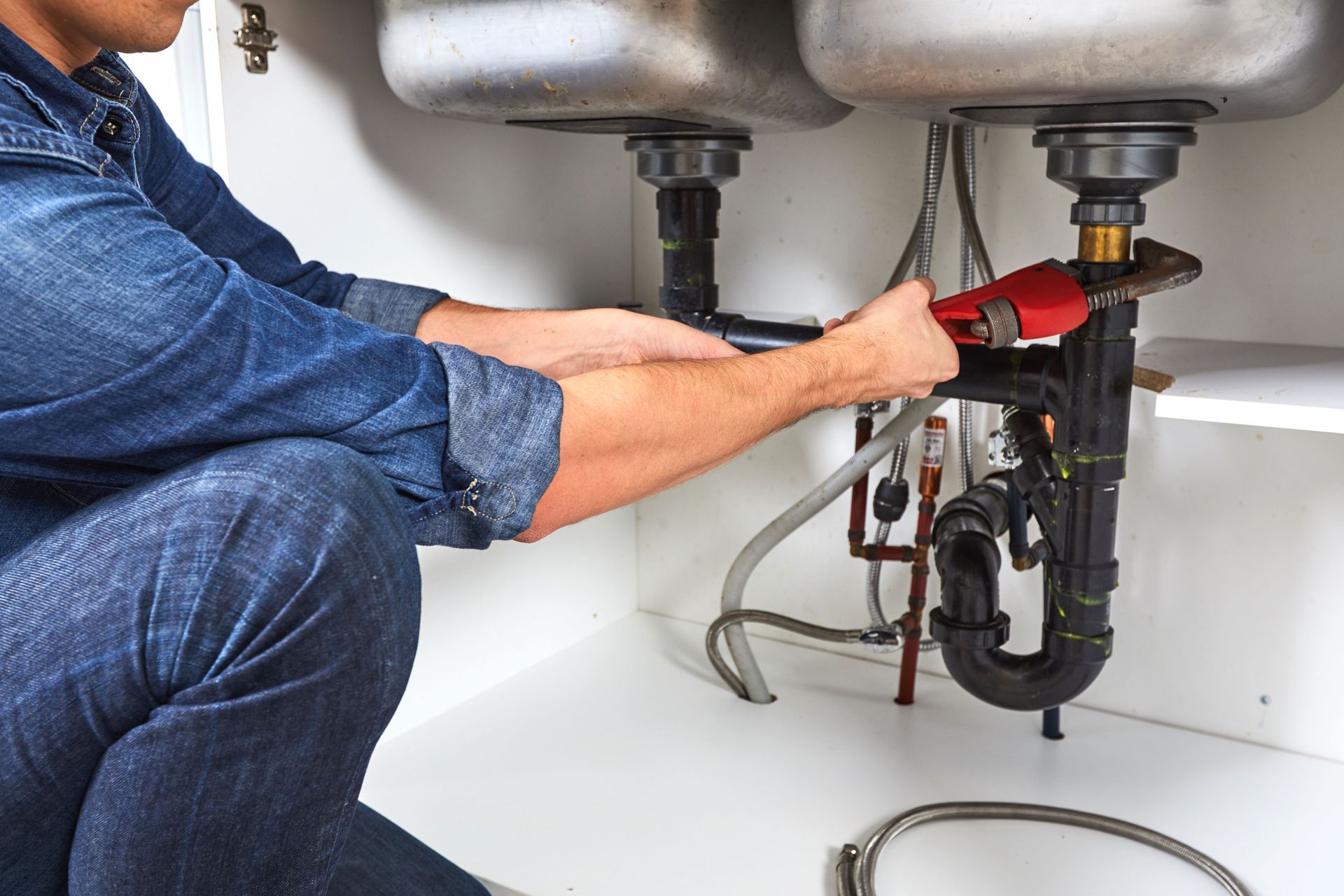
Share On: